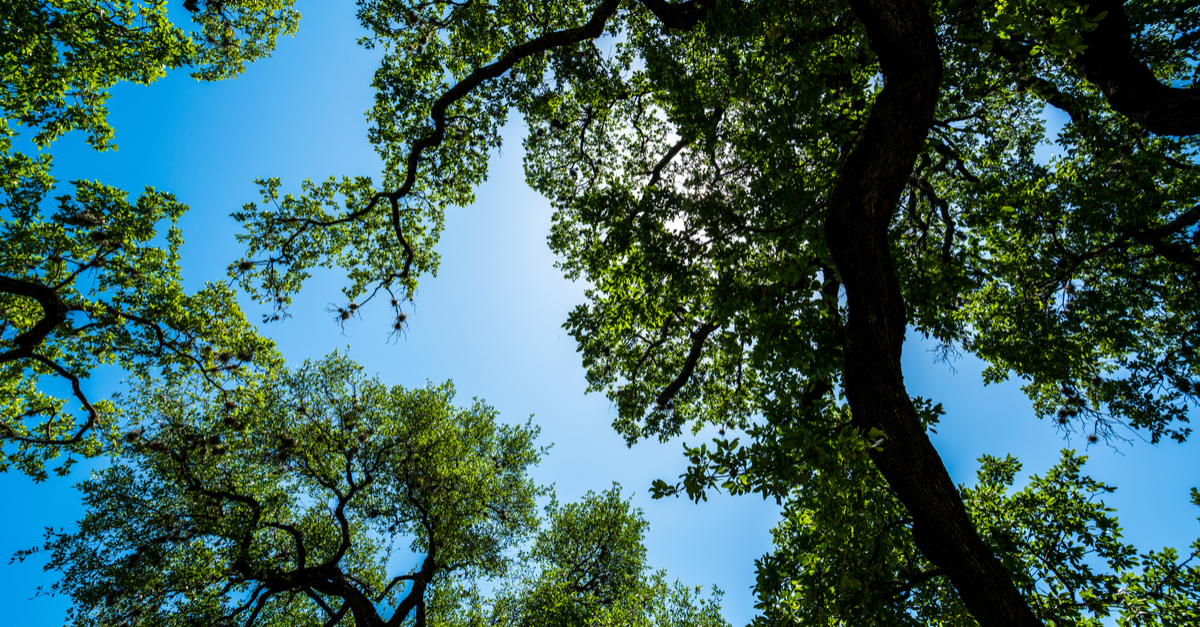
Your best option is to work with South Florida landscapers, who know the secrets of right tree, right place. You can use the experience and knowledge of a landscape designer if you want your home and yard to look spectacular.
 Firebush (Hamelia patens) rates high on the list of common native trees for use in South Florida landscaping. It is also one of the most beautiful trees you can find anywhere; orangish-red tubular flowers attract hummingbirds and butterflies. Firebush is a good option when populating your landscaping, as it is a quick-growth tree. which can reach up to 12 feet tall and 15 feet wide.
Firebush (Hamelia patens) rates high on the list of common native trees for use in South Florida landscaping. It is also one of the most beautiful trees you can find anywhere; orangish-red tubular flowers attract hummingbirds and butterflies. Firebush is a good option when populating your landscaping, as it is a quick-growth tree. which can reach up to 12 feet tall and 15 feet wide.Florida is the only state where Firebush grows wild.
Other small native trees to consider are: Japanese Privet (Ligustrum japonicum), Fiddlewood (Citharexylum fruticosum), Silver Buttonwood (Conocarpus erectus) or even Spanish Stopper (Eugenia foetida).
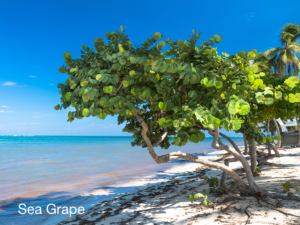 Satin Leaf (Chrysophyllum oliviforme) tree is a Florida native known for its gorgeous leaves – the upper sides are a glossy dark green, and the bottom sides are a satiny bronze. This medium sized shade tree produces a purple edible fruit about the size of olives. Satin leaf tree has poor salt tolerance, not well-suited for South Florida beachfront landscaping. Sea Grape is a medium sized option if your home fronts the beach and is salt water tolerant.
Satin Leaf (Chrysophyllum oliviforme) tree is a Florida native known for its gorgeous leaves – the upper sides are a glossy dark green, and the bottom sides are a satiny bronze. This medium sized shade tree produces a purple edible fruit about the size of olives. Satin leaf tree has poor salt tolerance, not well-suited for South Florida beachfront landscaping. Sea Grape is a medium sized option if your home fronts the beach and is salt water tolerant.Other medium native trees to consider are: Autograph Tree (Clusia rosea), Green Buttonwood (Conocarpus erectus), Orange Geiger (Cordia sebestena) and Pigeon Plum ( Coccoloba diversifolia)
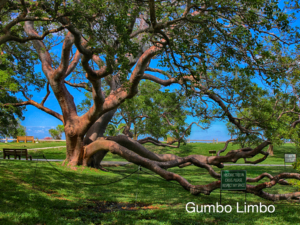 Live Oak (Quercus Virginiana) – epitomizing “presence†– is the uber shade state tree of Florida. A marvelous home for wildlife, the Live Oak doesn’t generate acorns for about 20-plus years. However, they live for-practically-ever, or at least for centuries if left alone to grow without human interference. Take note, Live Oak is a canopy tree, which requires ample growing space.
Live Oak (Quercus Virginiana) – epitomizing “presence†– is the uber shade state tree of Florida. A marvelous home for wildlife, the Live Oak doesn’t generate acorns for about 20-plus years. However, they live for-practically-ever, or at least for centuries if left alone to grow without human interference. Take note, Live Oak is a canopy tree, which requires ample growing space.
Other large native trees to consider are: Gumbo Limbo ( Bursera simaruba), Mahogany (Swietenia mahogani), Royal Poinciana (Delonix regia), Queen Crape Myrtle (lagerstroemia speciosa) & Wild Tamarind (Lysiloma latisiliqua).
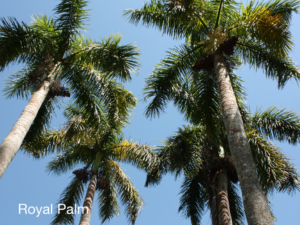 Palm Trees
Palm Trees
This Florida-friendly tree produces black, fleshy fruits, which are enjoyed by squirrels and other forms of wildlife. Cabbage Palmetto’s are rated extremely salt tolerant, which makes it an ideal tree for your beachfront property.
Other native palm trees to consider are: Florida Royal palm (Roystonea sp.), and clumping multi trunk Paurotis Palm (Acoelorrhaphe wrightii).
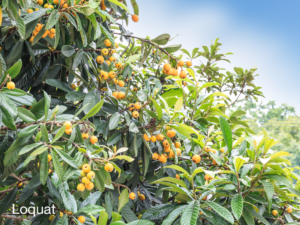 So, so many fruit trees make their home in South Florida, it isn’t possible to choose just one. Instead, let’s take a peek at two fruits you may not know about.
So, so many fruit trees make their home in South Florida, it isn’t possible to choose just one. Instead, let’s take a peek at two fruits you may not know about.Since these evergreen trees are considered ornamentals by some landscaping companies, they aren’t typically chosen as quality fruit producers. However, tree farms are now growing “new and improved†loquat trees whose fruit is more luscious than the usual landscaping variety.
Until next time, Happy Gardening!
